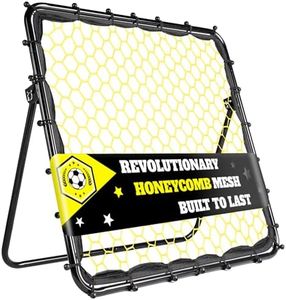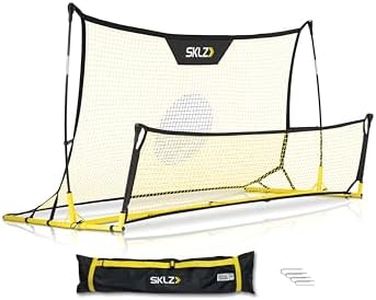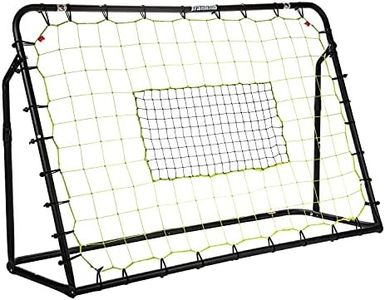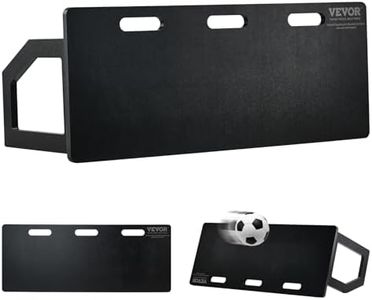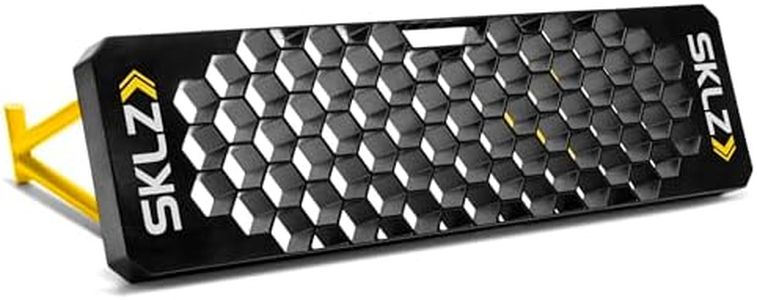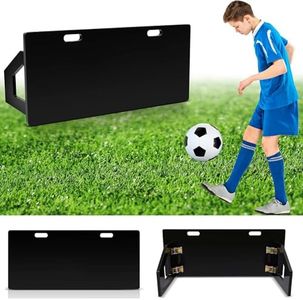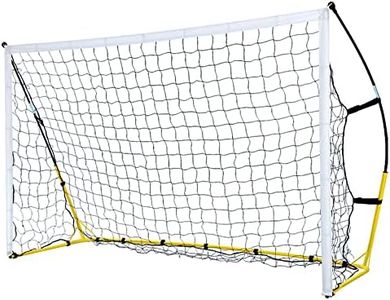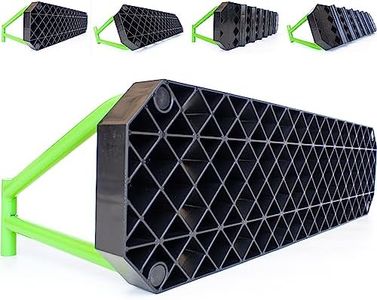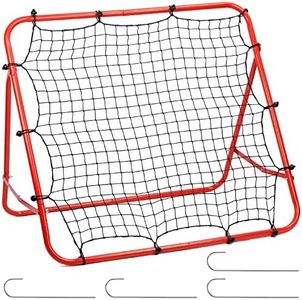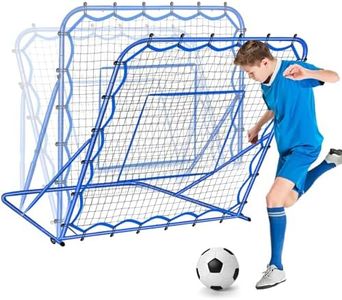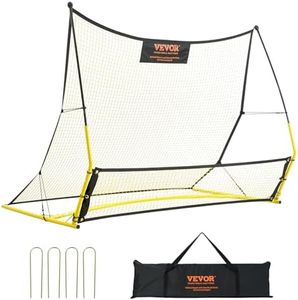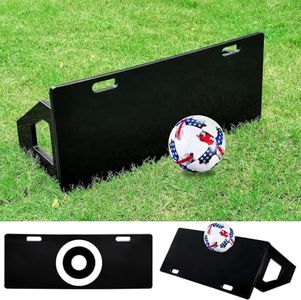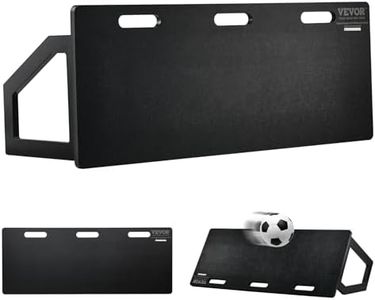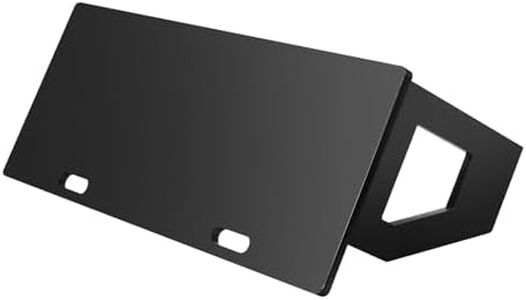We Use CookiesWe use cookies to enhance the security, performance,
functionality and for analytical and promotional activities. By continuing to browse this site you
are agreeing to our privacy policy
10 Best Soccer Rebounders
From leading brands and best sellers available on the web.Buying Guide for the Best Soccer Rebounders
Selecting the right soccer rebounder can take your training sessions to the next level, whether you’re a beginner or an advanced player. Before you buy, consider where you’ll use it (backyard, park, or training facility), how often you’ll train, and your primary skill goals, such as passing, ball control, or shooting accuracy. Understanding the main features helps you find a rebounder that suits your age, skill level, and the type of practice you want to achieve.Size and Surface AreaThe size of the rebounder’s surface determines how much space you have to aim at and how close you can position yourself. Larger surfaces are more forgiving, making them ideal for beginners or group practice. Smaller surfaces are better for precision training and more advanced skills. Decide whether you want ample space for casual play or a compact unit that challenges your accuracy. Consider your training spot too—a big rebounder may not fit in a small backyard.
Rebound Angle AdjustabilityThis refers to whether and how much you can adjust the rebounder's angle. Adjustable angles allow for different types of returns: straight passes, lofted balls, or unpredictable bounces. If you're looking to practice a variety of skills like volleys, ground passes, or first touches, an adjustable rebounder is best. If you mainly want to work on one type of technique, a fixed-angle rebounder might suffice and is often simpler to set up and use.
Frame Material and DurabilitySoccer rebounders are built with diverse frame materials, like steel or aluminum. Durability matters if you’ll use the rebounder outdoors or plan to move it often. Heavier metal frames are more stable in windy weather but harder to transport, while lighter frames are easy to move but may shift more during intense practice. Think about how often you’ll transport the rebounder and what kind of weather it will face.
Net Quality and TensionThe net is what sends the ball back to you, so its quality and how tightly it’s strung affects performance. A tight, high-quality net gives a faster, more realistic rebound, great for advanced players seeking strong returns. Looser nets are more forgiving and can be better for beginners. Assess your skill level and the intensity of the training you want—the quicker the rebound, the more it mimics real-game scenarios.
Portability and StorageSome rebounders fold up or can be easily dismantled for storage and transport, while others are meant to stay in one place. If you need to move your rebounder or store it away between sessions, look for compact or folding options. If you have a dedicated space where it can stay put, a heavier, stationary rebounder may be more appropriate.
Ease of AssemblyHow simple or complex it is to set up your rebounder can affect its usability. Some models are nearly ready to go out of the box, while others require time and tools for assembly. If you’re not comfortable with building equipment or plan to set up and take down your rebounder often, opt for one known for easy assembly.
